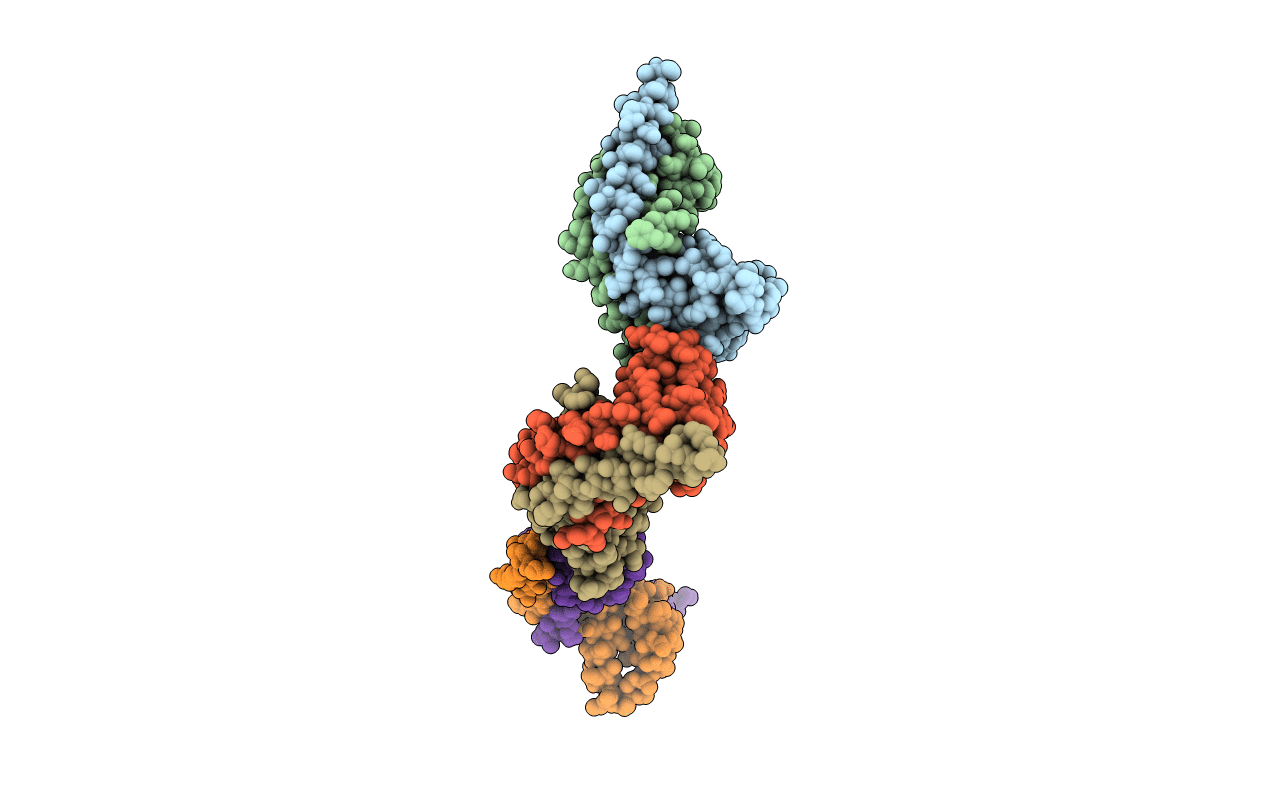
Deposition Date
2007-04-03
Release Date
2007-07-10
Last Version Date
2023-08-30
Method Details:
Experimental Method:
Resolution:
3.40 Å
R-Value Free:
0.29
R-Value Work:
0.25
R-Value Observed:
0.25
Space Group:
P 41 21 2


